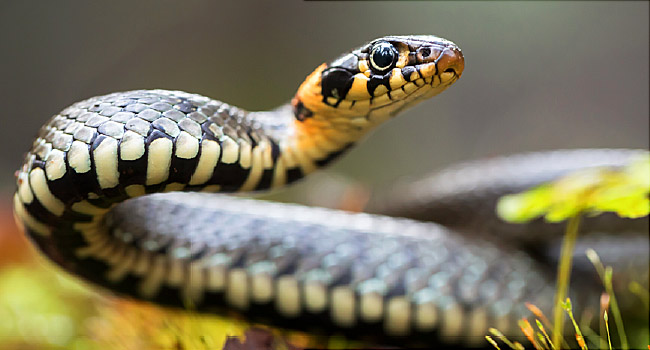
Antivenom used in India largely ineffective: Study
 Recent research conducted in Bengaluru revealed that the polyvalent anti-venom, which is commercially available in India, is not as effective as perceived. Though India is the home of several poisonous snakes, the common perception is that an anti-venom, which helps counteract the poison, is readily available in the country.
Recent research conducted in Bengaluru revealed that the polyvalent anti-venom, which is commercially available in India, is not as effective as perceived. Though India is the home of several poisonous snakes, the common perception is that an anti-venom, which helps counteract the poison, is readily available in the country.
This Polyvalent anti-venom is made by combining the venom of the common krait, the spectacled cobra, saw-scaled viper and Russell’s viper. The scientists at the Indian Institute of Science in Bengaluru undertook a two-part study to determine the efficacy and the effects of using such polyvalent antivenom to treat all snake bites. According to the study, around 46,000 people die due to snake bites in India and three times as many victims (1.4 lakh people) are left with some permanent disabilities every year. In the first part of the study, they took the venom of several medically important snakes and categorised them according to the potency and other pharmacological properties of the venom. Romulus Whitaker and Gerard Martin, renowned herpetologists, identified the different species. The venom samples were collected, prepared and stored as per World Health Organisation (WHO) guidelines.
Some of the species of snakes from which venom samples were drawn included the banded krait, the Sind krait, Sochurek’s viper, monocled cobras and some snakes that were closely related to the ‘big four’.
The second part of the study involved determining how effective the currently used antivenom is against bites sustained from these medically important but neglected snakes.
The scientists found that the vast difference in the composition of the venom of different types of snakes reduced the efficiency of the antivenoms. This was startling as it meant that the antivenom currently in use was only effective if the snake that bit the victim was one of the ‘big four’.
The second part of the research revealed that the commercially available antivenom was ineffective against several snakebites. It was also discovered that the antivenom was not at all potent against the venom of the monocled cobra from Arunachal Pradesh. More shockingly so, the antivenom was found to be inefficient against the common krait from north India, which is one of the ‘big four’.
Going forward, we need to find ways to ensure that Indian manufacturers of antivenom tailor the composition according to the need of the pan-India market, adds Kartik Sunagar, Assistant Professor from IISc’s Centre for Ecological Sciences and the lead author of the study that was published in PLOS Neglected Tropical Disease journal.
Source: The News Minute.